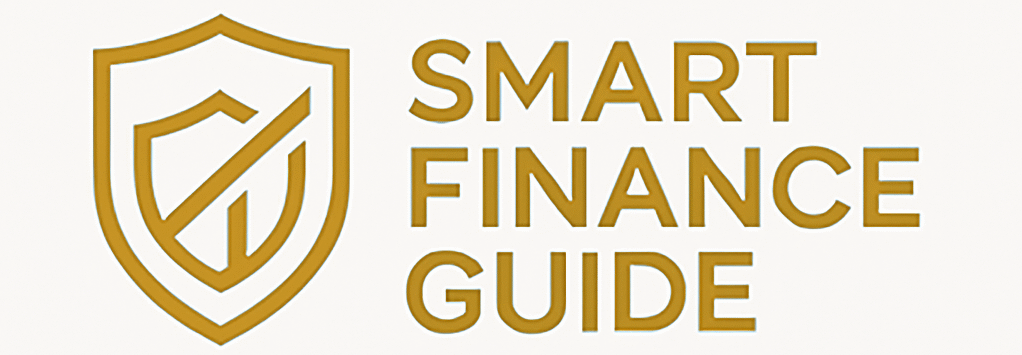Retirement might feel like a distant dream when you’re in your 20s or 30s, but the truth is: the earlier you start planning, the easier it becomes.
By building a smart investment strategy while you’re young, you give yourself something priceless — time. Time for your money to grow, time to weather market ups and downs, and time to create the financial freedom you want for the future.
In this article, you’ll learn how to create a retirement investment plan from scratch, the best accounts to use, and key strategies to maximize your savings — even if you’re just starting out.
Why Start Planning for Retirement Early?
The Power of Compounding
When you invest early, your money has more time to compound — meaning you earn returns on your original investment and on the returns themselves.
Example:
- Investing $200/month starting at age 25 can grow to over $600,000 by age 65 (assuming a 7% annual return).
- Waiting until age 35 to start requires nearly double the monthly contributions to reach the same goal.
✅ Time is your greatest asset — use it to your advantage!
Other Benefits of Starting Young:
- Build better financial habits early
- Take advantage of employer retirement benefits
- Handle market volatility more easily
- More flexibility to adjust your strategy over time
Step 1: Set Your Retirement Goals
Ask yourself:
- At what age would I like to retire?
- What type of lifestyle do I envision?
- How much money might I need per year in retirement?
- Will I have other sources of income (pensions, rental properties, etc.)?
While exact numbers will change, having a rough target helps you plan your contributions and investments.
✅ Online retirement calculators can help estimate how much you’ll need.
Step 2: Choose the Right Retirement Accounts
Employer-Sponsored Accounts:
- 401(k) (traditional or Roth)
- Contributions often matched by employers (free money!)
- Higher annual contribution limits
- Tax advantages (tax-deferred or tax-free growth)
- 403(b) (for public sector and non-profit employees)
- Similar benefits to 401(k)
Individual Accounts:
- Roth IRA
- Contributions with after-tax dollars
- Tax-free growth and withdrawals in retirement
- Great for young people in lower tax brackets
- Traditional IRA
- Tax-deductible contributions
- Tax-deferred growth, taxed upon withdrawal
Additional Options:
- HSA (Health Savings Account) – Triple tax advantages for medical expenses and retirement
- Brokerage accounts – For additional investing once tax-advantaged accounts are maxed out
✅ Prioritize employer matches first, then IRAs, and finally taxable brokerage accounts for extra savings.
Step 3: Determine Your Asset Allocation
When you’re young, you have a longer time horizon — meaning you can handle more risk in exchange for higher growth potential.
Example Allocation (Ages 20–35):
| Asset Class | Percentage |
|---|---|
| Stocks (U.S. & international) | 80–90% |
| Bonds | 10–20% |
| Alternatives (REITs, crypto) | Optional (5–10%) |
Example Allocation (Ages 35–45):
| Asset Class | Percentage |
|---|---|
| Stocks | 70–80% |
| Bonds | 20–30% |
| Alternatives | Optional |
✅ Stocks drive growth, while bonds and other assets provide stability as you get closer to retirement.
Step 4: Select Your Investments
Focus on broad, low-cost index funds or ETFs to keep things simple and diversified.
Stock Investments:
- U.S. total market: VTI, VOO
- International stocks: VXUS, IXUS
- Dividend growth funds: VIG, SCHD (optional for passive income)
Bond Investments:
- Total bond market: BND, AGG
- Target-date funds: Automatically adjust asset allocation over time (e.g., Vanguard Target Retirement 2060 Fund)
Other:
- REITs: VNQ for real estate exposure
- HSAs: Consider investing HSA funds for long-term growth if possible
✅ Target-date funds are a great “set-it-and-forget-it” option if you want automatic rebalancing.
Step 5: Automate and Stay Consistent
Consistency is key:
- Set up automatic contributions to your 401(k)/IRA each paycheck
- Increase contributions whenever you get a raise (aim for 10–15% of income)
- Reinvest dividends for compounding
- Periodically review and rebalance your portfolio (once or twice a year)
✅ Avoid trying to time the market — time in the market matters more.
Step 6: Take Advantage of Employer Benefits
Don’t leave free money on the table:
- Contribute at least enough to receive your full employer match
- Understand your employer’s vesting schedule
- Check if your employer offers a Roth 401(k) option for tax-free growth
Step 7: Monitor Progress and Adjust as Needed
Life changes — so will your financial goals.
- Review your retirement accounts annually
- Adjust contributions if your income or expenses change
- Gradually shift toward safer assets (bonds) as you get closer to retirement
✅ Stay focused on the long-term plan, even during market downturns.
Bonus Tips for Young Investors:
- Keep debt (especially high-interest debt) under control
- Build an emergency fund (3–6 months of expenses)
- Avoid withdrawing retirement funds early (penalties + lost growth)
- Continue learning about investing and personal finance
Final Thoughts: Start Early, Stay Consistent, and Let Time Do the Work
Retirement may seem far away now, but by taking small, consistent steps today, you set yourself up for financial freedom in the future.
Automate your savings. Invest wisely. Let compounding work its magic.
Your future self will thank you for the choices you make today.

